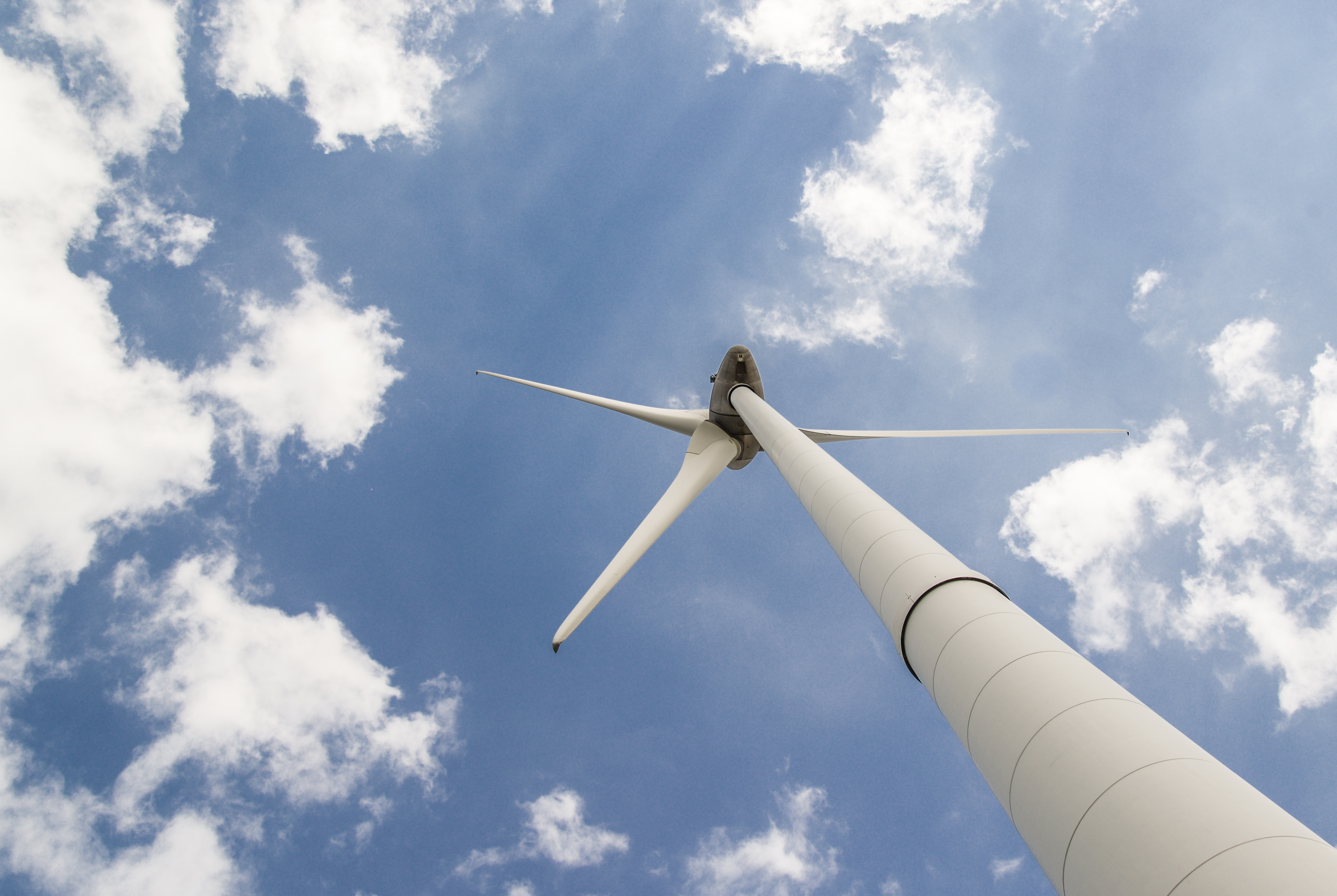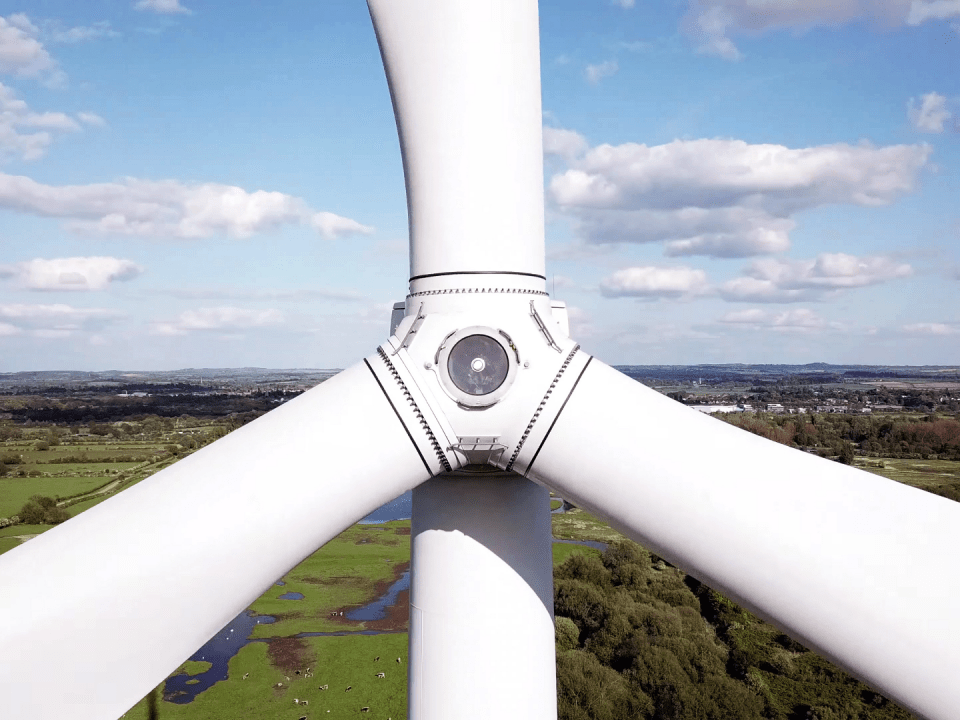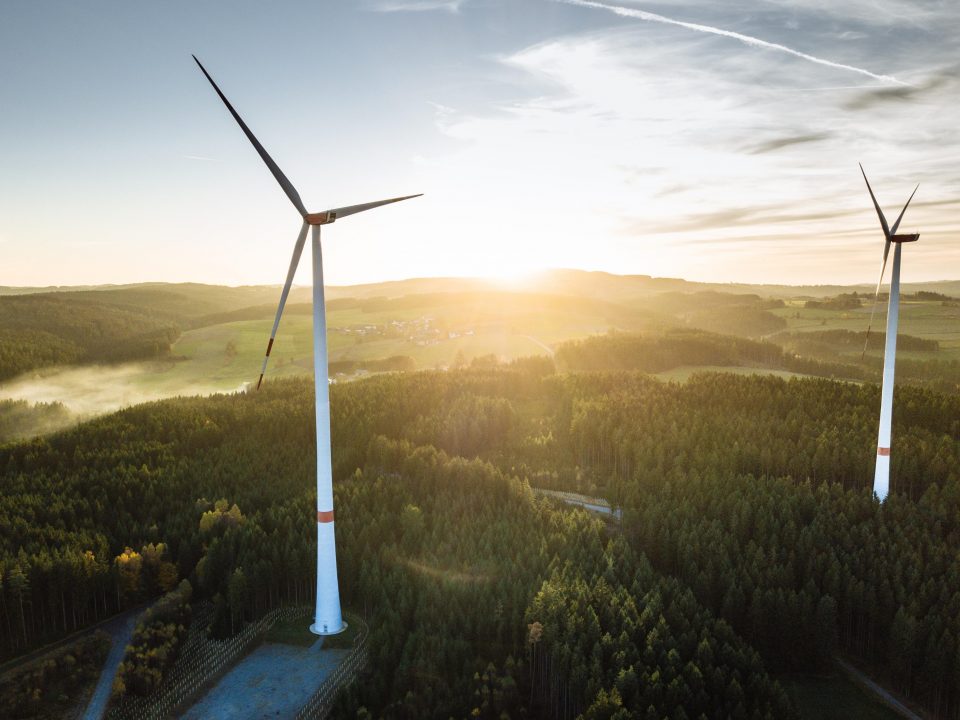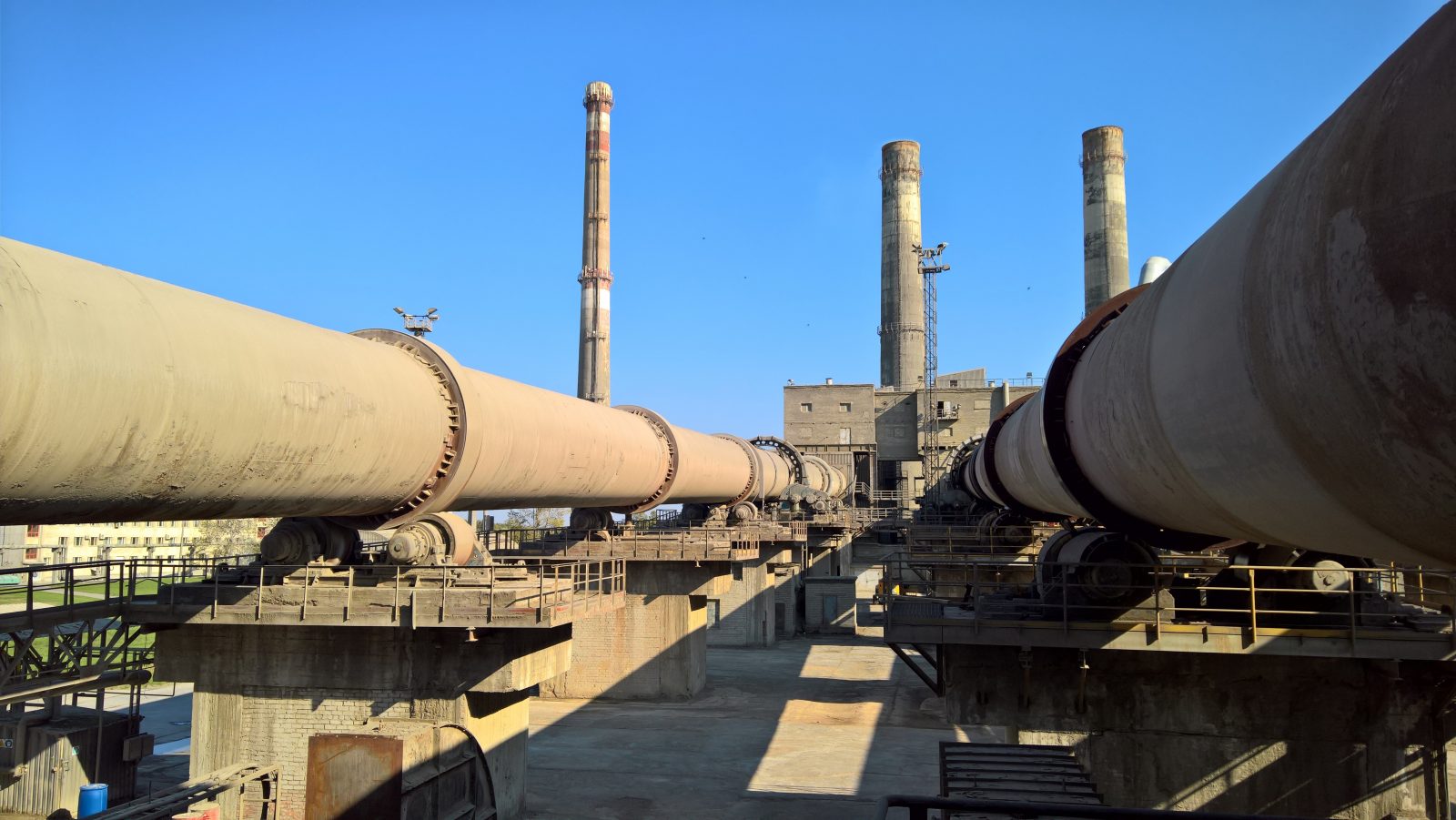
Predictive maintenance strategies for manufacturing
6. September 2019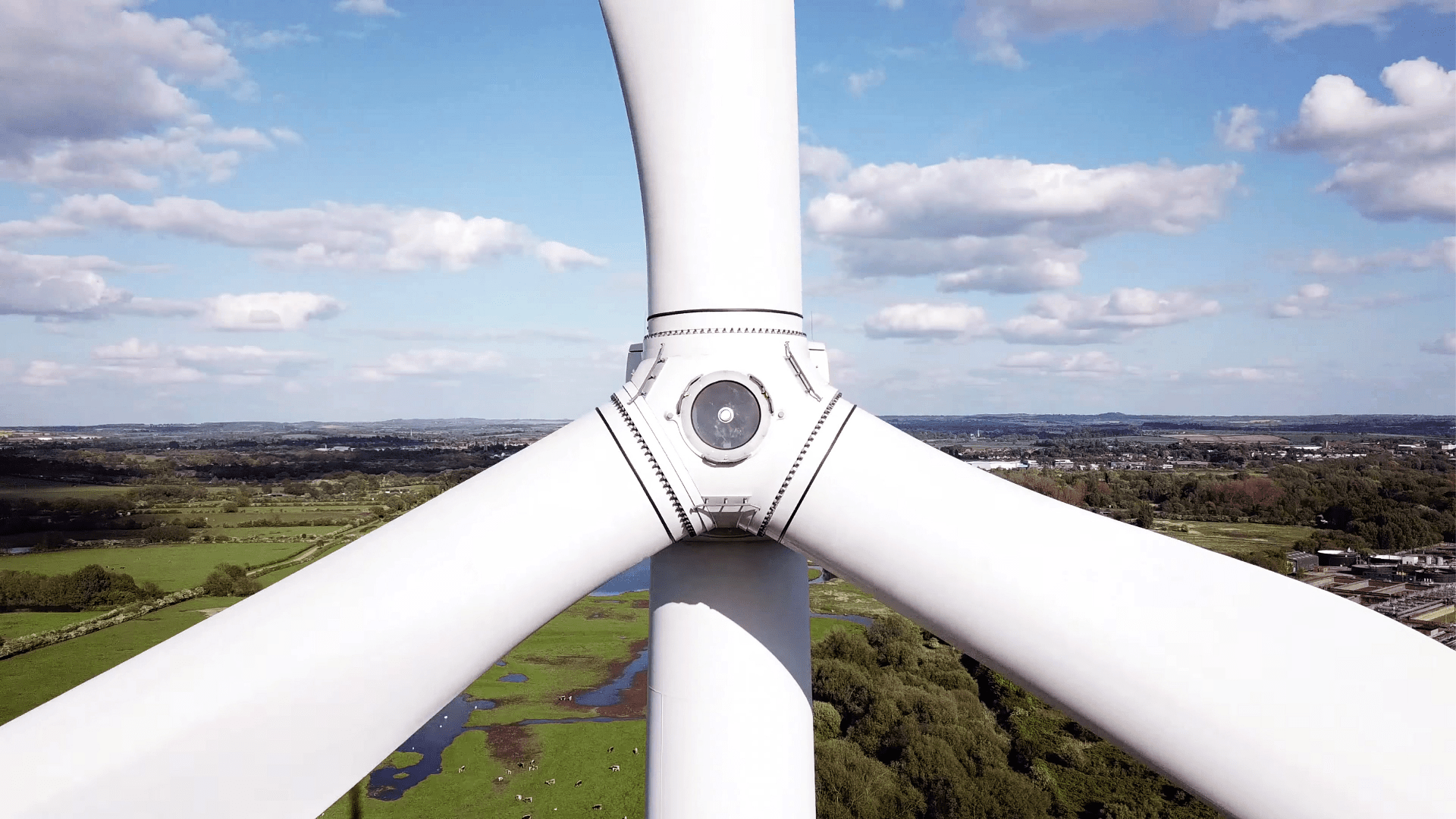
How SmartScrews help scale up your wind turbine
21. May 2021Periodic inspections of structures and machines are mainly based on static load measurements. During operation however, dynamic forces play an important role in structural integrity. These forces, especially at low frequencies, are usually not monitored at the present. If left unchecked, they can cause a variety of issues ranging from loss of productivity to total collapse.
The mechanical loads acting on a structure or machine can be classified into static and dynamic. Static forces are forces that are constant over time, such as the weight of the structure. These forces are easy to predict during the project design phase. During the operation phase periodic inspections are carried out to assess the condition of its components. Assessments are heavily dependent on instrument read-outs of static loads, like bolt preload. Instrument inspections can only give few data points and fail to reveal the driving cause of most failures.
In contrast, dynamic forces vary with time and are responsible for most of the failures that take place after construction. Unlike their static counterparts, the complete array of dynamic forces acting on a given object are impossible to predict at the design phase. Random environmental conditions such as sea waves, the wind or the rain can produce dynamic forces that cannot be fully forecasted. This is not an oversight from the designer: one simply cannot account for everything, especially in such complex systems. Hence, many sources of dynamic forces are either simplified or overlooked. For example, waves in the ocean are often assumed to be periodic (they come in sets), the seasons are assumed to be consistent, bird landings are mostly ignored. But the fact that these simplifications or omissions do not accurately describe the real world can result in wrong design decisions, sometimes resulting in catastrophic structural failures.
An infamous example of such failures is the collapse of the first Tacoma Narrows Bridge. The first Tacoma Narrows Bridge was a suspension bridge located in Washington, USA. On November 7th, 1940, only four months after its inauguration, a moderate wind caused the bridge to oscillate. However, the design did not properly account for this source of dynamic forces. As a result, the bridge entered a state of aeroelastic flutter, where each oscillation became stronger than the previous one, until it collapsed completely (see video). Luckily, this incident did not have human casualties, but the economic losses were substantial. Today, the causes are understood much better, but still cause problems with modern designs.
Unfortunately, structural failures caused by dynamic forces are not only expensive, but they can also be deadly. Such was the case of the Hyatt Regency walkway collapse, in Missouri, USA. The disaster was caused by a design flaw, but the mistake went undetected for a year and a half. This was to change on July 17th, 1981, when dynamic forces in the form of a large crowd standing on the walkways caused the walkway to collapse, killing 114 people and injuring 216 more. Similar disasters have happened in other parts of the world, many of them with deadly consequences.
A more subtle example of the dangers of unaccounted dynamic forces can be found in offshore wind turbines. Dynamic forces caused by waves concentrate in the low frequency region at less than 10 Hz. Such low frequencies are usually not monitored, partially due to the limitations of accelerometers, which are currently used for this task. However, these dynamic forces may cause structural fatigue, lowering the lifetime of the construction. The current strategy to address this issue is to perform routine checks and to underestimate the lifetime of the project to ensure that the wind turbines do not collapse during operation. However, these approaches are expensive and inefficient. Underestimating the lifetime of a wind turbine in particular, means that they must be decommissioned before their real end-of-life, resulting in a loss of production that could be recovered if a more precise determination of the lifetime were available. Moreover, even with these precautions, a structure might still collapse due to unexpected environmental conditions. Without constant monitoring, it is difficult to be completely safe.
Despite the wind turbine tower having no moving parts it can strongly vibrate under strong winds. The video below highlights how the tower deforms and bends as it oscillates during a stop procedure. It was filmed from the bottom of the tower, where the black "dot" in the middle is the 140 m platform. Thus, assuming that the tower is subjected only to static loads and performing visual inspections once per year misinterpret the reliability of the whole structure.
SmartScrew System: continuous monitoring of dynamic forces
The SmartScrew System provides you with a unique solution for dynamically loaded bolted joints: the analysis of the dynamics forces. It allows to identify eigenfrequencies, load cycles, anomalies, and much more. This profile can be used to predict failures and guide future maintenance strategies. Based on our patented sensor technology, SmartScrews are mounted like regular screws and exhibit the specified mechanical properties of normed screws – making retrofitting effortless.


